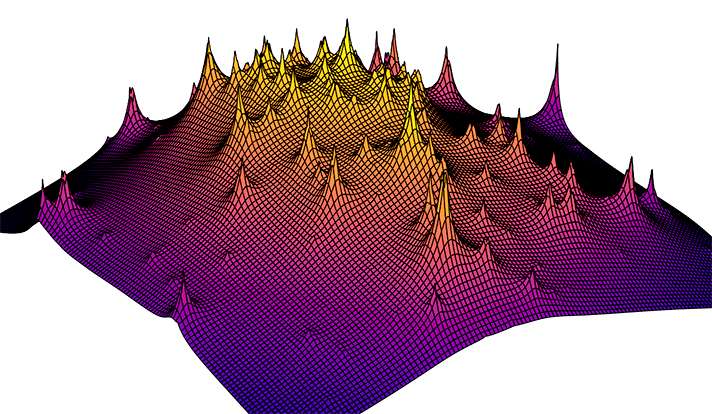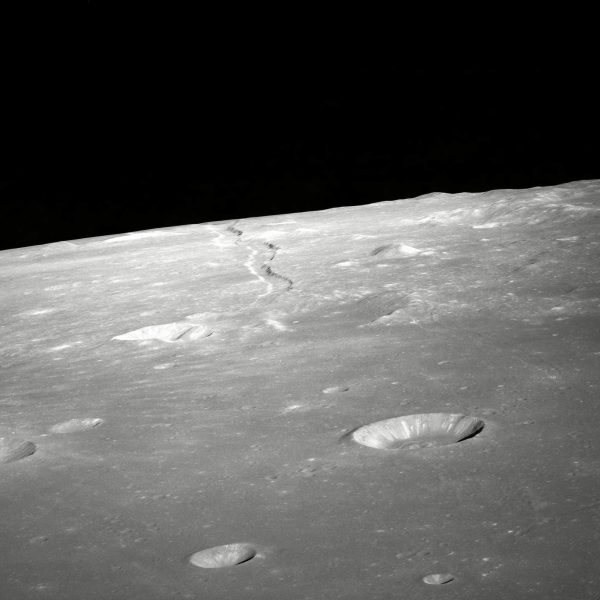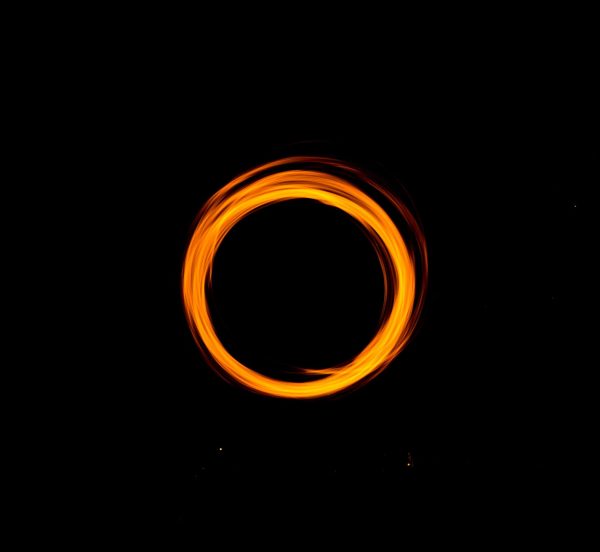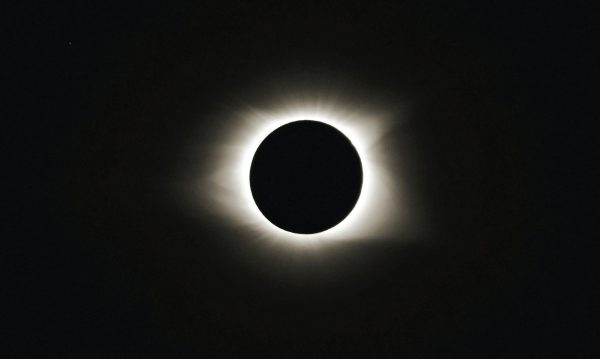Astrophysics Breakthrough: Dark Matter Mapped
March 10, 2017
A Yale-led team of astrophysicists has created one of the highest resolution maps of dark matter to date, making a detailed case for its existence. The data used in the map was gathered from the Hubble Space Telescope’s analysis of three galaxy clusters. The team, led by Priyamvada Natarajan, was able to use this information to place the locations of chunks of dark matter within the galaxies, essentially creating a topographical map. The map resembles computer models of the theoretical “cold dark matter,” which moves slowly compared to the speed of light. All evidence that the computer simulations utilized was from indirect evidence, so it is significant that the map made from direct evidence should match. Evocative of a cave floor covered in stalagmites, the map is another step towards proving the existence of dark matter.
Scientists theorize that dark matter could account for up to 80% of the matter in the cosmos. It is said to be made up of unseen particles that do not interact with light, but can exert gravitational forces. The existence of dark matter could explain key parts of how galaxies form and how the universe itself is structured. Definitively proving its existence would be an enormous leap for the astrophysics community. However, the one piece of proof that scientists are missing is an actual molecule of dark matter. “While we now have a precise cosmic inventory for the amount of dark matter and how it is distributed in the universe, the particle itself remains elusive,” reports Natarajan. Experimentation is being carried out in order to determine the nature of the particles, but it could be a long time until another discovery is made.












